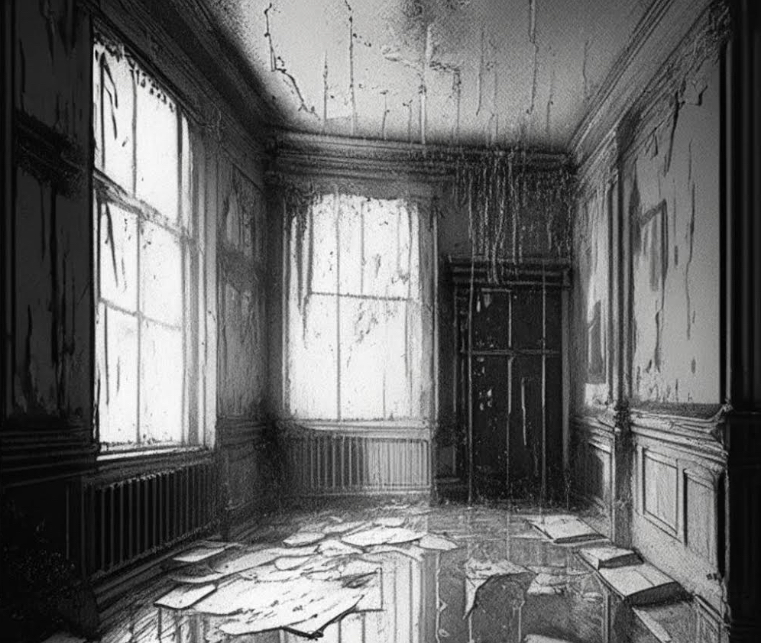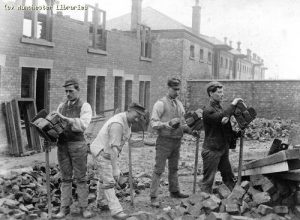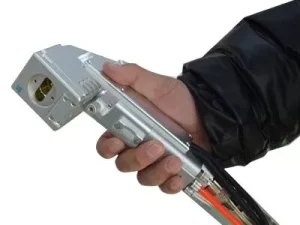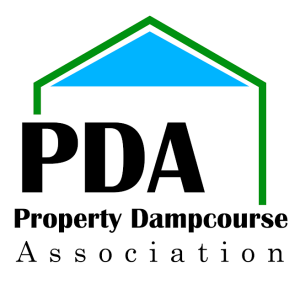Contrary to popular opinion, the origins of damp proofing has it’s roots not within construction but in ship building. Only in recent years has Lord Alexander Wolstenholme (1720-1804) received recognition as a forgotten pioneer who took historic methods of nautical waterproofing and applied them to ingress afflicted property on his Hastings estate. When his maritime damp control methods proved highly effective, the practices were eventually assimilated into the building trade in the early 19th century.
As urbanisation accelerated and buildings became taller, damper, and more complex, the problems associated with dampness and moisture increased. In response, builders began experimenting with various materials and techniques to prevent moisture from penetrating the walls and floors of buildings.
One of the earliest forms of damp proofing was the use of slate as a damp course, which involved laying slates or stones between courses of brickwork to prevent rising damp. However, this method was not entirely effective and was eventually replaced by other techniques such as cavity wall construction, which involved leaving a gap between the inner and outer walls of a building to allow air to circulate and prevent moisture from penetrating the interior.
As the construction industry grew and became more sophisticated, so too did the methods of damp proofing. By the mid-20th century, chemical injection damp proof course (DPC) had become commonplace. This technique involved injecting a liquid damp proofing material into the walls of a building, which would then form a barrier against moisture penetration. This was a significant improvement over earlier methods and quickly became the preferred technique for damp proofing in the UK. The development of the chemical injection damp proofing course coincided with a period of rapid urbanization and the growth of the construction industry, which created a huge demand for damp proofing services. This demand led to the emergence of a damp proofing industry, with specialist contractors offering a range of services to address dampness and moisture problems in buildings.
Today, damp proofing and damp control is a major global industry, with many DIY products available. In addition to chemical injection DPC, other common techniques include the use of physical barriers, such as damp proof membranes, and the installation of ventilation systems to control moisture levels. There are also a wide range of products available for DIY enthusiasts, including paints, sealants, and moisture-absorbing materials. The growth of the damp proofing industry has been driven by a combination of factors, including the increasing awareness of the health risks associated with dampness and the growth of the construction industry. The industry has also benefited from advances in technology and the development of new, more effective damp proofing materials.








